-
Neutral Detergent Fiber (NDF): A measure of the total fiber content in forage, primarily made up of cellulose, hemicellulose, and lignin. It represents the cell wall material of the plant. Higher NDF values generally indicate lower quality forage because it fills the animal up faster, limiting intake of other nutrients.
-
Acid Detergent Fiber (ADF): A measure of the less digestible fiber components in forage, primarily cellulose and lignin. ADF is a subset of NDF and represents the portion of the fiber that is more resistant to digestion.
-
Total Digestible Nutrients (TDN): An estimate of the energy content of a feed, expressed as a percentage. It represents the sum of the digestible portions of carbohydrates, protein, and fat.
-
Fiber Digestibility (NDFD): The percentage of the fiber in forage that can be broken down and used by the animal. Higher fiber digestibility generally means higher quality forage because the animal can extract more energy.
-
Relative Feed Value (RFV): An index that ranks forages based on their predicted intake and energy value. It is calculated from ADF and NDF. Higher RFV values indicate higher-quality forage.
